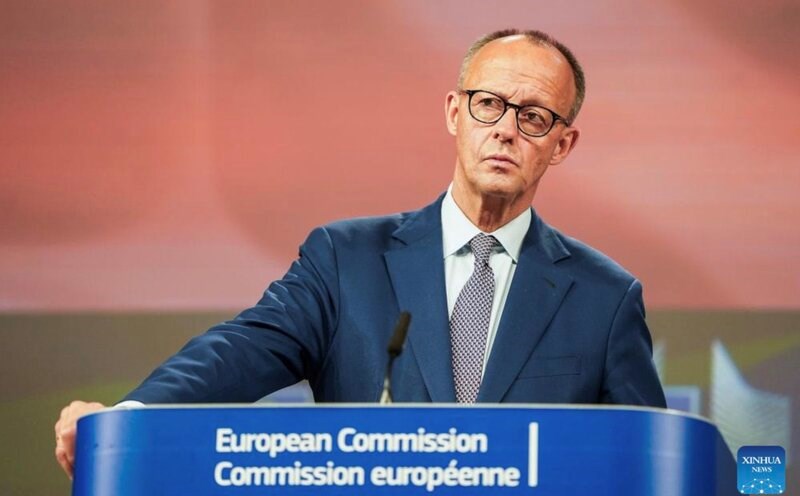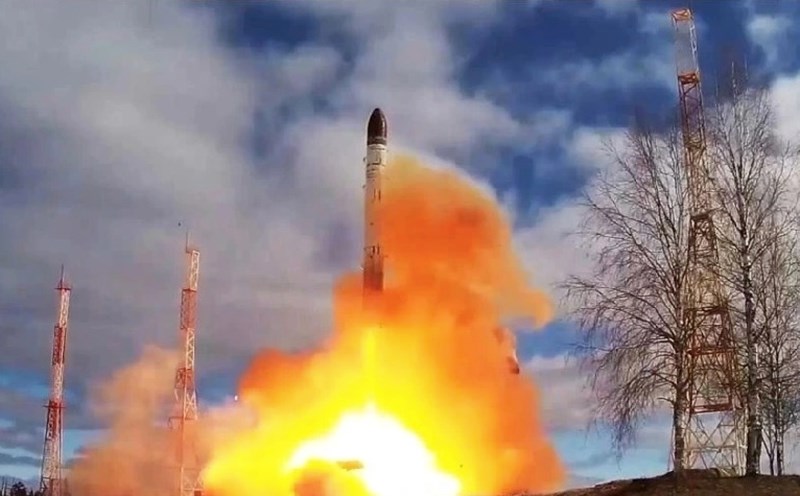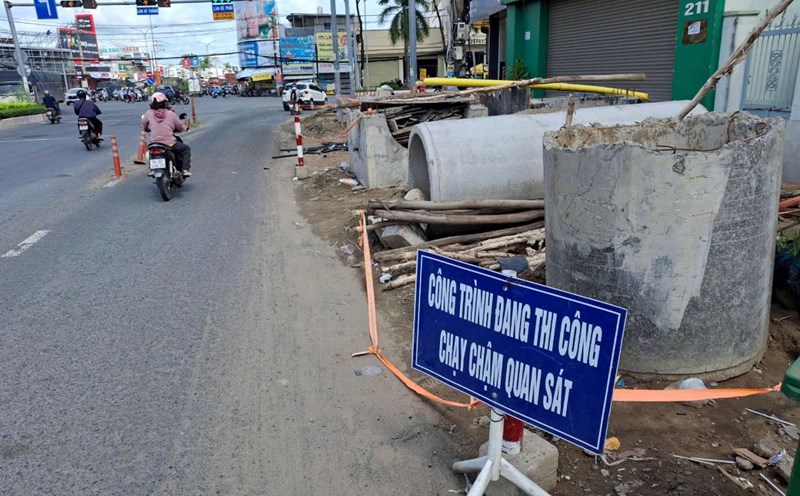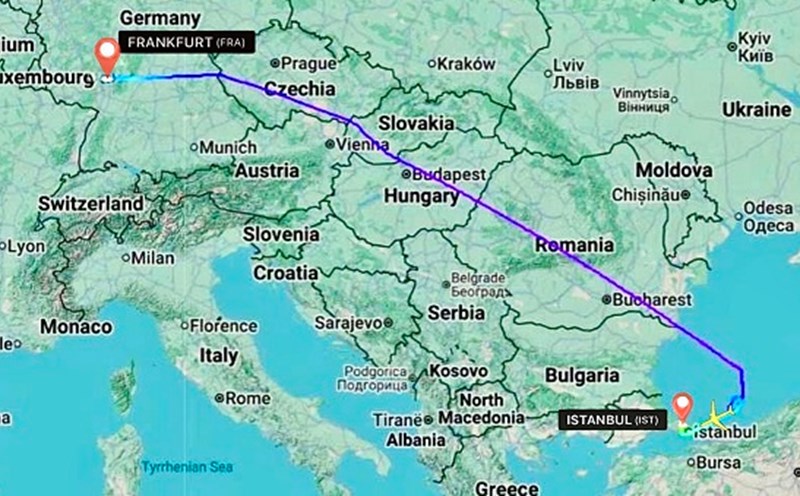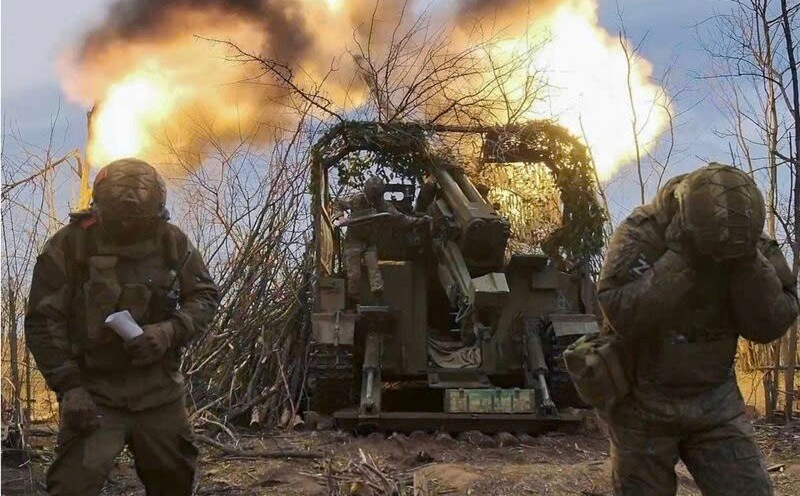The European Union (EU) is pushing for a plan to use about €170 billion in frozen Russian assets to finance loans to support Ukraine.
The majority of this money is at Euroclear, a clearinghouse based in Brussels, and has matured and is now available in cash.
After the conflict in Ukraine escalated in 2022, the West has frozen about $300 billion in Russian assets, of which about 200 billion euros are held at Euroclear.
While the G7 has previously only supported the use of the profits from the frozen assets to provide a $50 billion loan to Kiev, the European Commission headed by Ms. Ursula von der Leyen has proposed a further step. She said it is necessary to urgently establish a mechanism for compensation loans to ensure a stable financial source for Ukraine.
The plan includes using the cash balance of frozen Russian assets to issue EU bonds, then gradually disbursing it to Kiev, according to sources.
Another option being considered is to create a special mechanism to manage loans, allowing even partners outside the EU to participate. Brussels argues that this approach would provide Ukraine with quick resources without a formal declaration of occupation.
However, the plan is facing opposition from some members such as Belgium, Germany and France. These countries warn that the use of the principal directly could violate the law and reduce confidence in the euro.
Moscow, meanwhile, has spoken out strongly, calling any attempt to seize or use Russian assets a "theft" and warning that such moves could not be without reaction.


